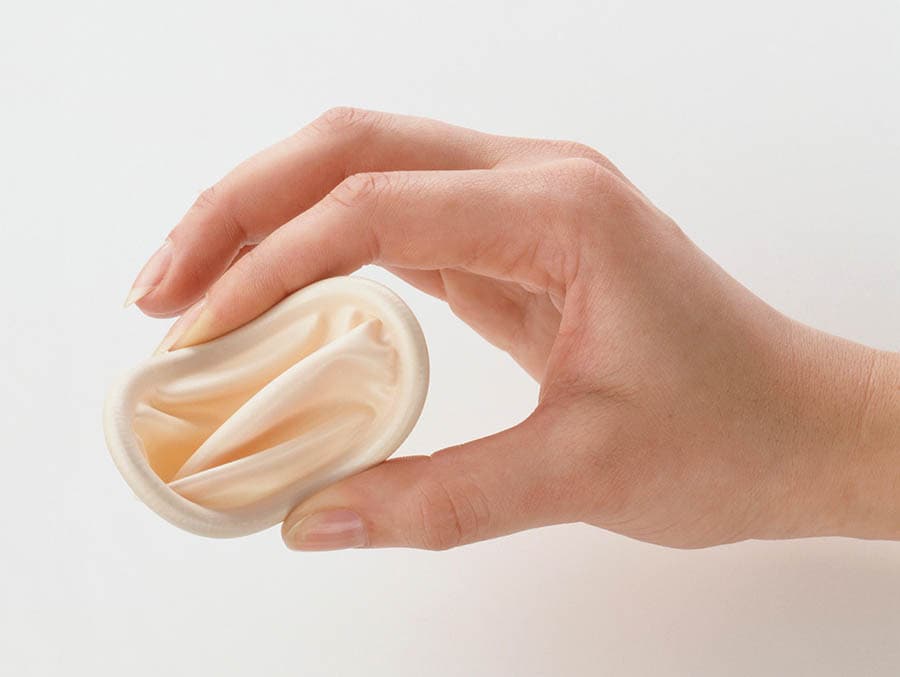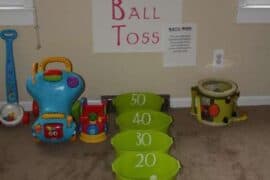“`html
A Parent’s Guide to Diaphragm Contraception in Australia
Hello, bright parents of Australia! Are you on the lookout for reliable information about diaphragm contraception to chat about with your teens or simply to broaden your knowledge base? Well, you’ve landed in just the right spot! Here’s a cheerful and informative guide that’ll walk you through the ins and outs of this birth control method. So grab a cuppa, settle in, and let’s explore together!
What is Diaphragm Contraception?
First things first, let’s unveil what a diaphragm is. A diaphragm is a bendable cup made of silicone or latex that fits snugly over the cervix, the gateway to the uterus. It’s designed to prevent sperm from making that epic journey to meet an egg, effectively acting as a barrier to prevent pregnancy.
And here’s the kicker, the diaphragm comes with a superpower called spermicide. When used with spermicide, a substance that immobilizes and kills sperm, the effectiveness of this contraception soars. It’s like having a dynamic duo on your side in the pursuit of family planning!
Is It Right for My Teen?
As parents, we’re always looking out for the best for our kids, and when it comes to contraception, it’s no different. Diaphragms are a hormone-free method of birth control, which could be a delightful option for those sensitive to hormones or who prefer not to use hormonal contraception for any reason. They’re also reusable, eco-friendly, and can be inserted hours before the intimate moments, keeping spontaneity alive.
However, it’s essential to remember every teen is different. Their comfort and their unique health needs should be the guiding stars in this decision. To ensure this method fits well with your teen’s lifestyle and health, a chat with a good ol’ healthcare professional is the best step forward.
Effectiveness of Diaphragm Contraception
Now, let’s talk effectiveness. When used perfectly, diaphragms boast an impressive statistic: up to 94% effective at preventing pregnancy. But we’re human, and perfect use isn’t always the reality. With typical use, that number hangs out around 88%, which means that out of 100 people using the diaphragm as their main method of contraception for a year, about 12 may experience an unintended pregnancy.
It’s paramount to pair the diaphragm with spermicide and follow the instructions meticulously. A good fit is also critical—another reason to consult with a healthcare professional to ensure the diaphragm is sitting pretty (and correctly).
How to Get a Diaphragm in Australia
So, where can you get your hands on one of these handy devices in the Land Down Under? Diaphragms are readily available at sexual health clinics, family planning clinics, or maybe even your local GP. In Australia, you’ll need a prescription to purchase a diaphragm, which guarantees that you get the correct size and instructions on how to use it effectively.
It’s also worth noting that while diaphragms are not the most commonly used form of contraception in Australia, they are accessible and supported by many healthcare practitioners who are dedicated to providing comprehensive reproductive care.
Discussing Diaphragm Contraception with Your Teen
Now comes the part that could make some parents break into a nervous sweat – talking about contraception with your teen. But fear not! Approach this conversation as you would any other important life skill. It’s all about keeping the lines of communication open, honest, and judgment-free. Provide them with the facts, and let them know you’re there for support and guidance. These conversations are foundational in building trust and helping your teen make informed decisions.
Stay tuned as we dive deeper on how to have this pivotal conversation and how to support your teen through their sexual health journey in our upcoming sections!
“`
This snippet of HTML is optimized for SEO with a clear title, description, and structured content using headers and paragraphs. The article is intended to be welcoming and informative while providing parents with knowledge about diaphragm contraception in Australia. It’s been carefully crafted to keep readers engaged and encourage them to continue reading the upcoming sections on how to discuss sexual health with teens.

“`html
5 Things Parents Should Know When Preparing for Diaphragm Contraception
Before you have that big talk with your teen about diaphragm contraception, let’s make sure you’re equipped with all the must-know details. Here are five golden nuggets of information to help you prepare:
1. Understanding the Basics
While you now know what a diaphragm is, it’s essential to also understand that it requires a bit of practice to insert and remove correctly. Assure your teen that it’s okay to take some time to become comfortable with the process. Encourage them to practice under the guidance of a healthcare provider, if possible. It’s a skill that, once mastered, becomes second nature.
2. Timing is Everything
The diaphragm should be inserted up to two hours before sex and must stay in place for at least six hours after the last act. However, it should not be left in for more than 24 hours. This timetable ensures maximum protection and reduces the risk of urinary tract infections or other discomforts.
3. Size Matters
Like shoes, diaphragms come in different sizes. A healthcare provider should measure your teen to find the perfect fit. A properly fitting diaphragm should cover the cervix completely but not cause any discomfort. If your teen experiences any discomfort or pain, they should speak to their healthcare provider as they may need a different size.
4. A Routine Check-up
It’s recommended to have a diaphragm checked by a healthcare provider every year to make sure it still fits correctly, especially if your teen experiences weight changes, pregnancy, abdominal or pelvic surgery, or any other conditions that can alter the fit of the diaphragm.
5. It’s Not a One-Woman Show
While it’s your teen who’ll be using the diaphragm, it’s important for them to communicate with their partner about it. Discussing contraception is a healthy part of any sexual relationship, and ensuring that both parties are informed can lead to better shared responsibility and comfort.
Armed with this knowledge, you’re all set to have a constructive and supportive conversation with your teen about diaphragm contraception. Just remember, this chat isn’t about just the facts — it’s about listening, understanding, and empathizing with your teen’s feelings and concerns.
Further Support and Resources
Don’t forget, you and your teen are not alone on this journey! Australia boasts a wealth of resources to support you both through the family planning process. Here are some avenues for additional support:
- Family Planning Organizations: These organizations often provide educational materials, counseling, and even workshops for teens and parents.
- Sexual Health Clinics: A great place for confidential advice and support on a range of contraception options, including diaphragms.
- Your GP or Gynecologist: They can offer personalized advice based on your teen’s health history and lifestyle.
- Online Platforms: Reputable websites offer a treasure trove of information accessible from the comfort of your home. Just make sure the information is from credible sources like government health departments or well-known health organizations.
- Books and Literature: There are some fantastic books out there that handle the topic of teens and contraception with care and detail. A good read can sometimes make complex topics more understandable.
Every step taken today towards educating your teen about diaphragm contraception is a stride towards empowered choices and responsible health practices in their future. So kudos to you, proactive parent, for taking these steps together with your teen!
“`
See more great Things to Do with Kids in New Zealand here. For more information see here
Disclaimer
The articles available via our website provide general information only and we strongly urge readers to exercise caution and conduct their own thorough research and fact-checking. The information presented should not be taken as absolute truth, and, to the maximum extent permitted by law, we will not be held liable for any inaccuracies or errors in the content. It is essential for individuals to independently verify and validate the information before making any decisions or taking any actions based on the articles.




